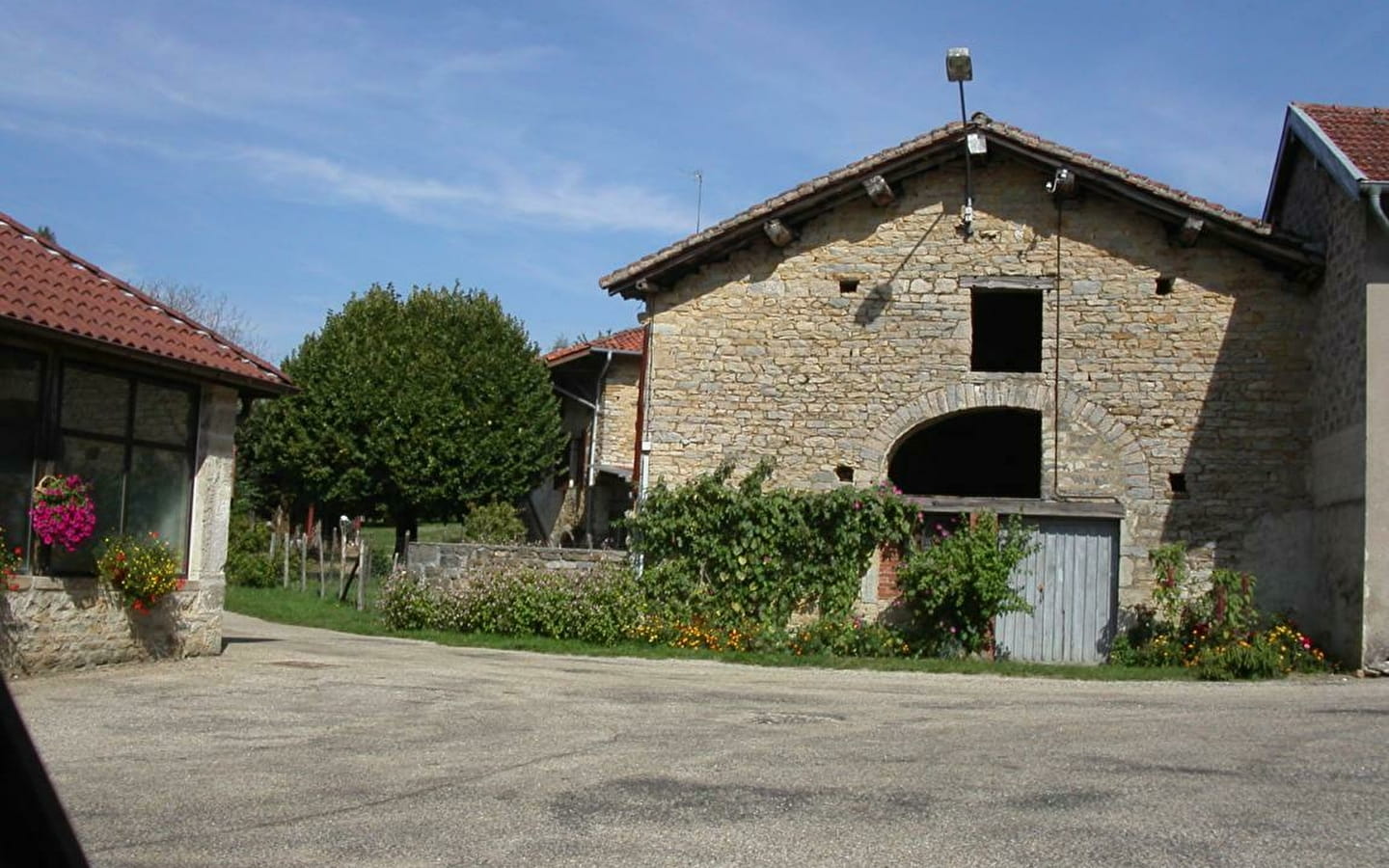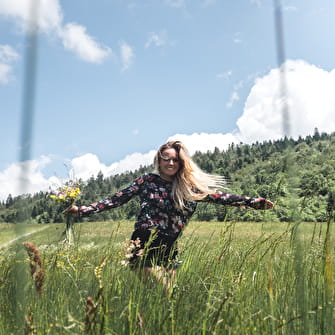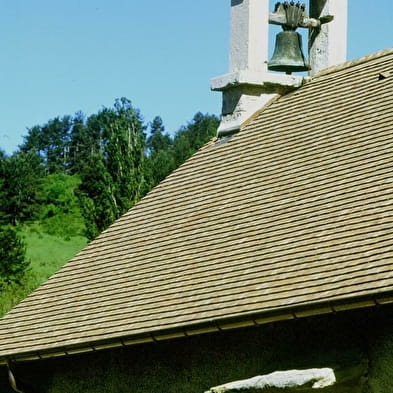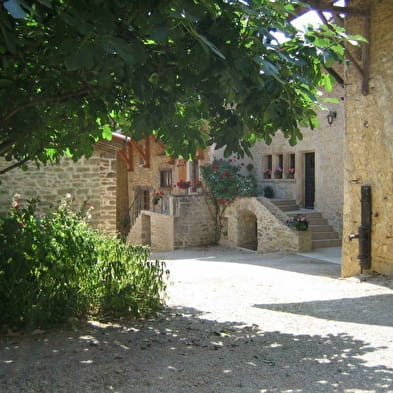
Chevignat et Roissiat
The hamlet of Chevignat has its origin in "Chivisiacum", meaning "the domain of Civisius", the name of the former Roman occupant.
As for Roissiat, its ancient name is "Rothazia" which comes from "Rotaticum", the name of the toll levied on the carts.
The Celts and Romans settled on the slopes of the Revermont, the Bresse plain being nothing more than a marshy forest. The Roman road that linked Lyon to Besançon ran along the Revermont as far as Coligny.
Situated on the border of the Kingdom of France and the County of Burgundy, Roissiat and Chevignat were burnt down in 1637 by the Comtois, fed up with French incursions into their territory. But it was in the 20th century that the trauma was greatest, with the deportation of some of the inhabitants and above all the fire of 18 July 1944 (see the Grand Brûle memorial). In 1949, the commune of Chevignat was awarded the Croix de Guerre for its acts of resistance and the sacrifices made.
Since the 15th century, the vine had become the main activity of these villages. The white wines of Roissiat were renowned. But the arrival of wines from the south by train and phylloxera (which first appeared in 1876) put an end to this culture. What remains is an architecture of stone winegrowers' houses, with a cellar under the house. A staircase gives access to a room, once unique, which served as both bedroom and kitchen. A second building is often attached: a barn or stable with a hayloft. Viticulture and livestock were often combined.
From 1913 to 1937, the tram linked the Revermont to Bourg-en-Bresse and passed through Roissiat and Chevignat. Of course it carried passengers, but also stones from the Roissiat quarry and animals on market day in Bourg-en-Bresse. Replaced today by a bus line. Part of its route is still visible.
- French
- Pets not allowed
- Picnic area
From 01/01/2025 to 31/12/2025









